Resource Overloads Bar and Resource Overloads Reports:
- Resource Overloads Bar always misses to display material resources overloads.
- Resource Overloads Bar always misses to display financial resources overloads.
- Resource Overload Reports always get it right with regard to common renewable resources overloads.
- Overloads Reports always misses to display material/consumable resources overloads.
- Overloads Reports always misses to display financial resources overloads.
- All overloads are relevant, all shall be displayed in a transparent way. The report name "Resource Overloads Report" can misled you to believe all types of resource overloads are covered.
- Diagrams as well as tabular reports can display any type of resource overloads. The way the Resource Overloads Report is organized makes it easier to get into the details of renewable resources. Why not display materials/consumable resources as well as financial resources overloads in the same way? The devil is in the details!
The value of overloads reports shall not be underestimated. These reports are more reliable than overload bars/diagrams. A short duration overload of any resource makes the schedule not feasible, this you will not miss under overload reports but easy to be missed if looking at the overloads bar. When checking unleveled schedules or leveled schedules from external software this functionality can be invaluable.
Resource Dependencies:
- No consumable resources dependencies are displayed. Analogous to renewable resource dependencies they are temporal relationships.
- No financial resources dependencies are displayed. Analogous to renewable resource dependencies they are temporal relationships.
- If activity splitting by the resource leveling is allowed the links among the segments should be shown. Arguably each of the split segments has their own duration and float values and resource dependencies.
- All resource dependencies are relevant, all shall be displayed, otherwise why show some.
In summary: I would like the following:
For Resource Overloads:
- Overloads Bar is eliminated as it can be misleading or error prone while the more functional Overload Reports is enough.
- Overload Reports for Materials/Consumable Resources be made available.
- Overload Reports for Financial Resources be made available.
- This adds two items while eliminates one item from the Reports and Diagrams menu, for a net increase of a single menu item.
For Resource Dependencies:
- The links table should display and identify all resource type dependencies, not only renewable resource type dependencies but also materials/consumable resource dependencies as well as financial resource dependencies.
- In case of activity splitting by resource leveling engine double links should be able to make it clearer.
- No need to add a new field as Resource Dependency field can be used to this purpose, display "no" if a hard link while for resource links “resource", "materials", or "financial” labels can be used. Resource label to mean renewable resources, materials label to mean consumable resources and financial resources to mean cost expenditures.
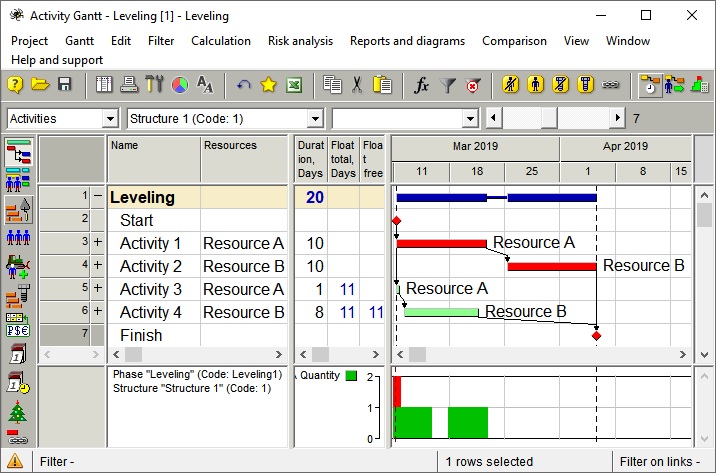


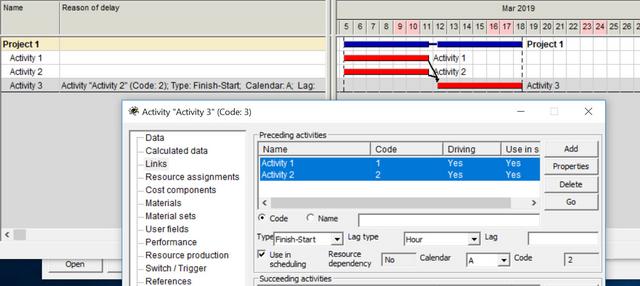
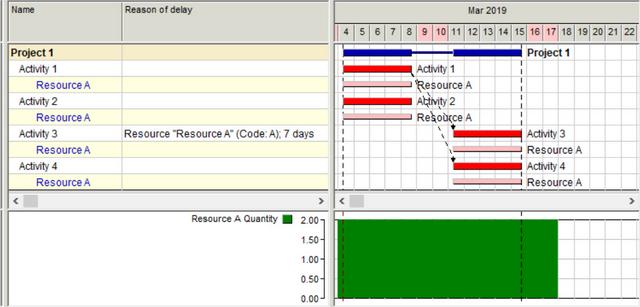


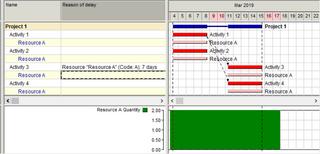

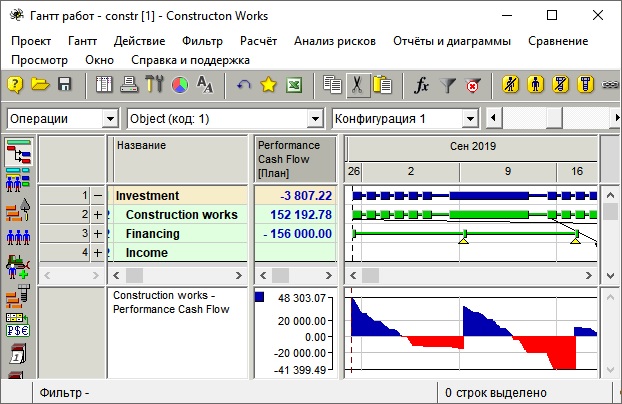

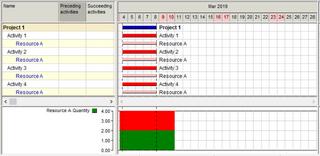


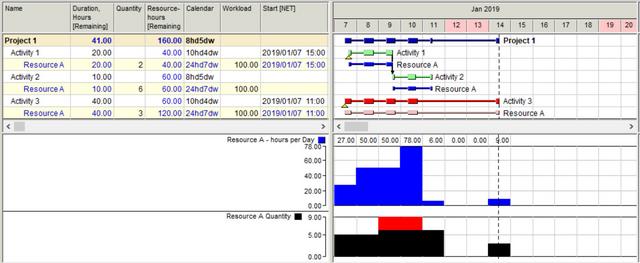







Replies